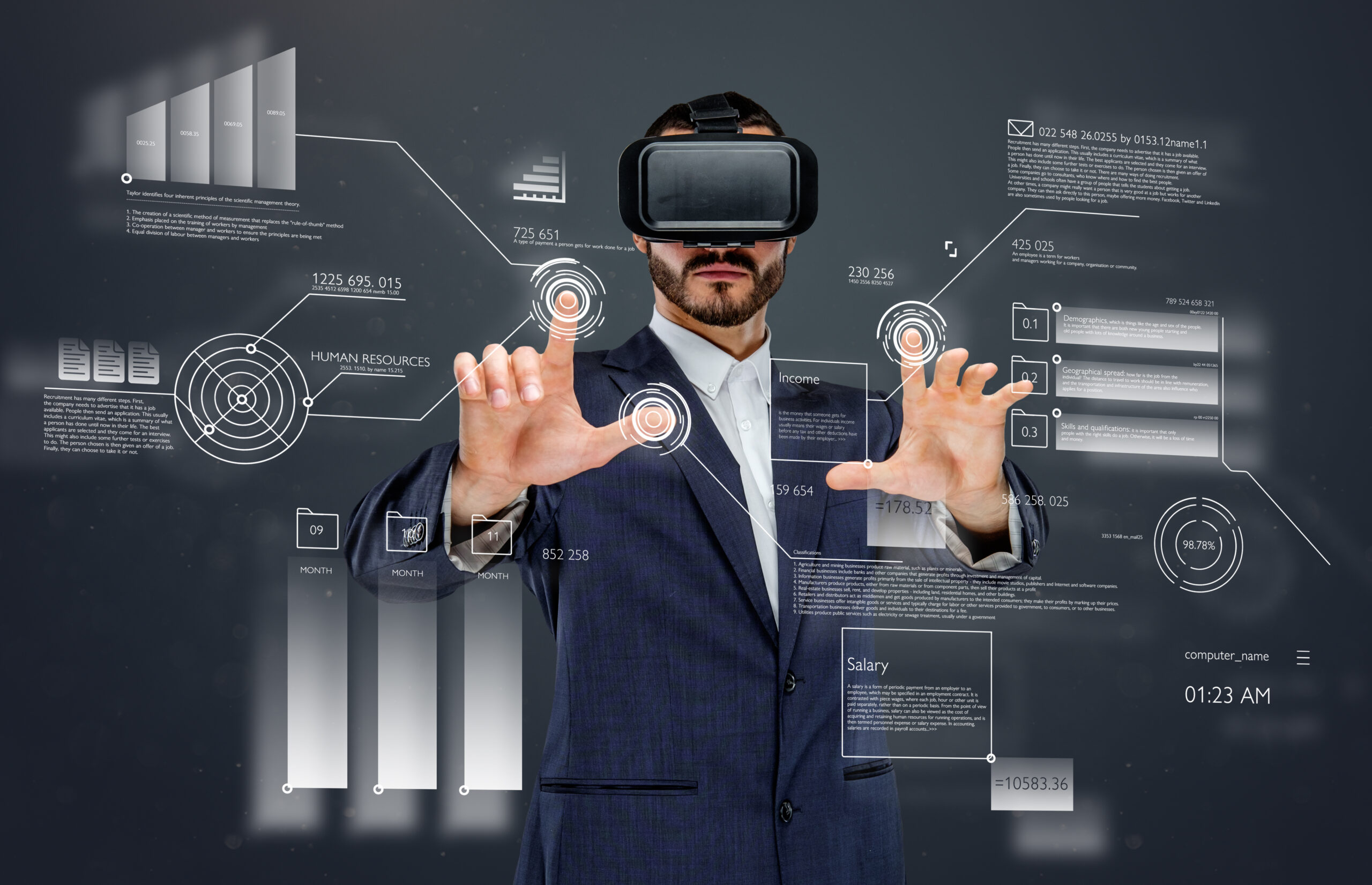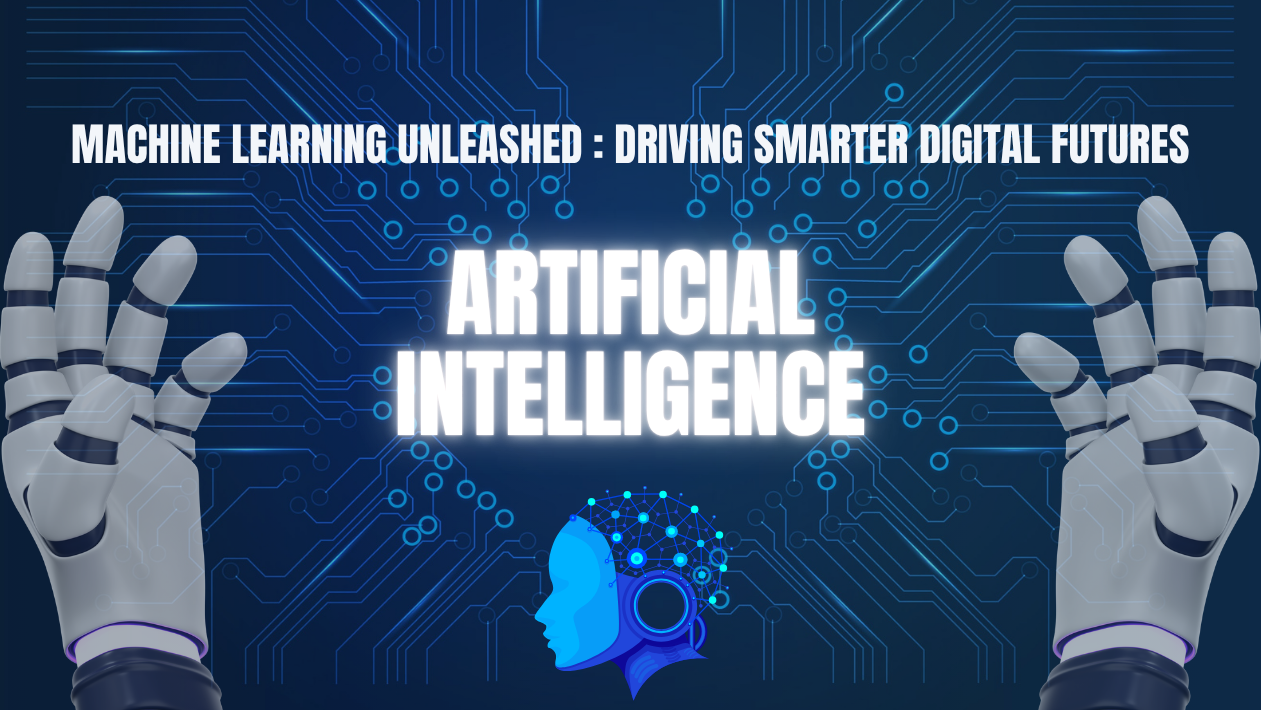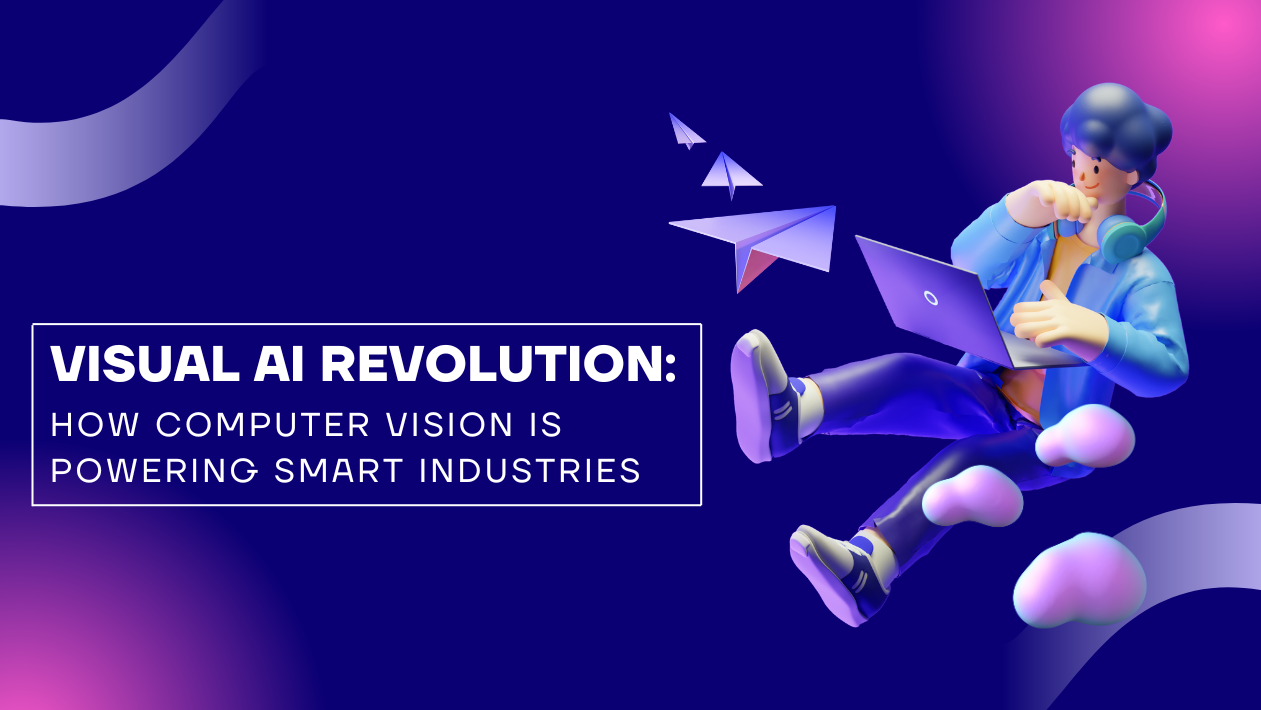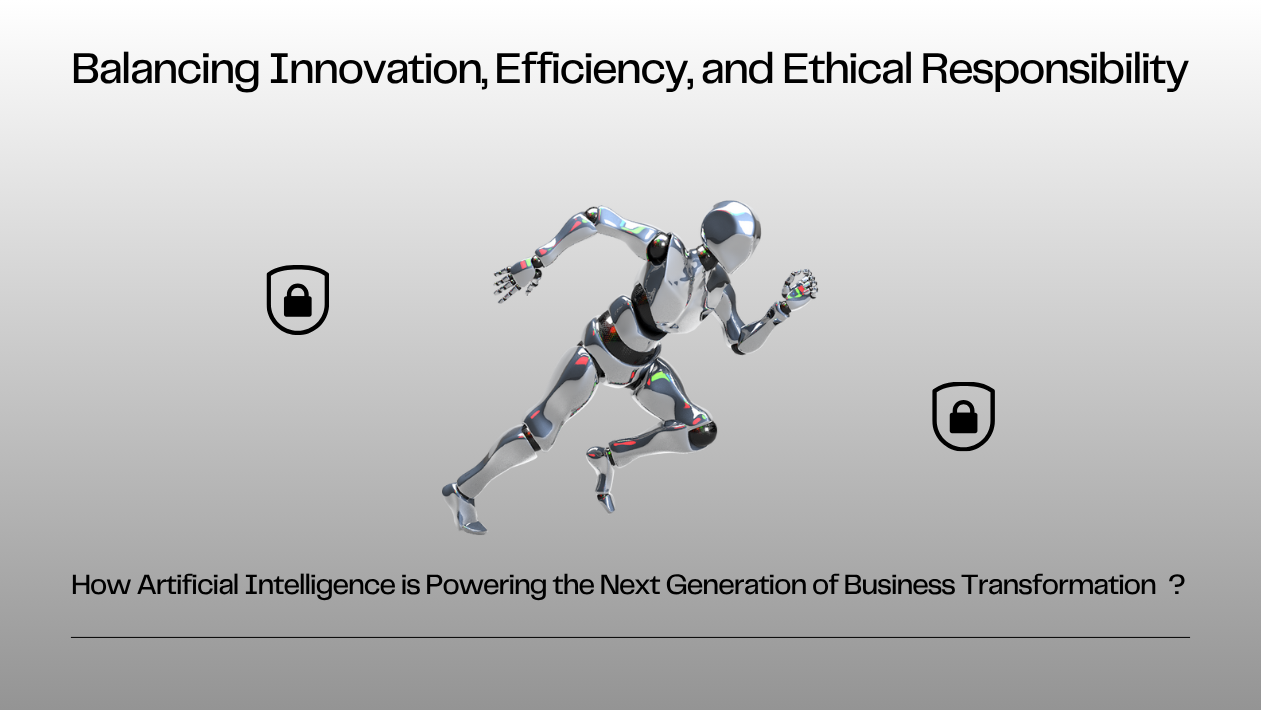Computer vision, once confined to research labs and tech demos, has now become a mainstream driver of digital transformation. In 2025, it’s powering everything from self-checkout systems and autonomous vehicles to medical diagnostics and smart manufacturing. With breakthroughs in real-time image processing and multimodal AI, computer vision is reshaping how machines see—and how businesses operate.
Retail and E-Commerce: Smarter Stores and Personalized Experiences
Computer vision is at the heart of frictionless retail. AI-powered cameras in stores like Amazon Go and Alibaba’s Freshippo track products, monitor foot traffic, and prevent theft—eliminating the need for traditional checkouts. Online, visual search tools and virtual try-ons are helping consumers find and test products using just a smartphone camera.
Healthcare: Faster, More Accurate Diagnoses
Hospitals are using computer vision to interpret X-rays, CT scans, and MRIs with greater accuracy and speed. AI models now assist in early detection of diseases like cancer, diabetic retinopathy, and Alzheimer’s, often spotting patterns undetectable to the human eye. Startups and research labs are integrating vision with robotics for automated surgeries and patient monitoring.
Autonomous Vehicles and Drones: Eyes on the Road—and Sky
Computer vision is essential to self-driving cars, delivery drones, and urban air mobility. Real-time object recognition, lane detection, and pedestrian tracking ensure safety and navigation. Tesla, Waymo, and DJI are pushing the boundaries, combining LiDAR, radar, and vision for next-gen mobility.
Manufacturing and Logistics: Automation Gets Visual Intelligence
Factories use computer vision for quality inspection, predictive maintenance, and robot guidance. Logistics companies rely on visual AI to track inventory, monitor package integrity, and optimize warehouse operations. This leads to reduced errors, faster processing, and lower operational costs.
Security and Surveillance: Intelligent Monitoring in Real Time
AI-enhanced surveillance systems are replacing passive CCTV networks. Vision systems now detect unusual behavior, identify individuals (with privacy safeguards), and trigger alerts for real-time threat response. Governments and businesses alike are adopting these tools for public safety, building security, and fraud detection.
Emerging Trends: Vision Meets Multimodal AI
The latest frontier is multimodal AI, where vision combines with text, audio, and sensor data. Tools like GPT-4V, Meta’s ImageBind, and Google’s Gemini integrate visual understanding with language, enabling systems to not only recognize objects but also describe, interpret, and respond intelligently to complex scenes.
The Road Ahead: Edge AI and Ethical Vision Systems
With edge computing and 5G, real-time vision processing is moving closer to devices—reducing latency and enhancing privacy. However, the rise of facial recognition and biometric tracking raises critical AI ethics and regulatory challenges. Governments are drafting laws to ensure vision systems are used responsibly and transparently.





